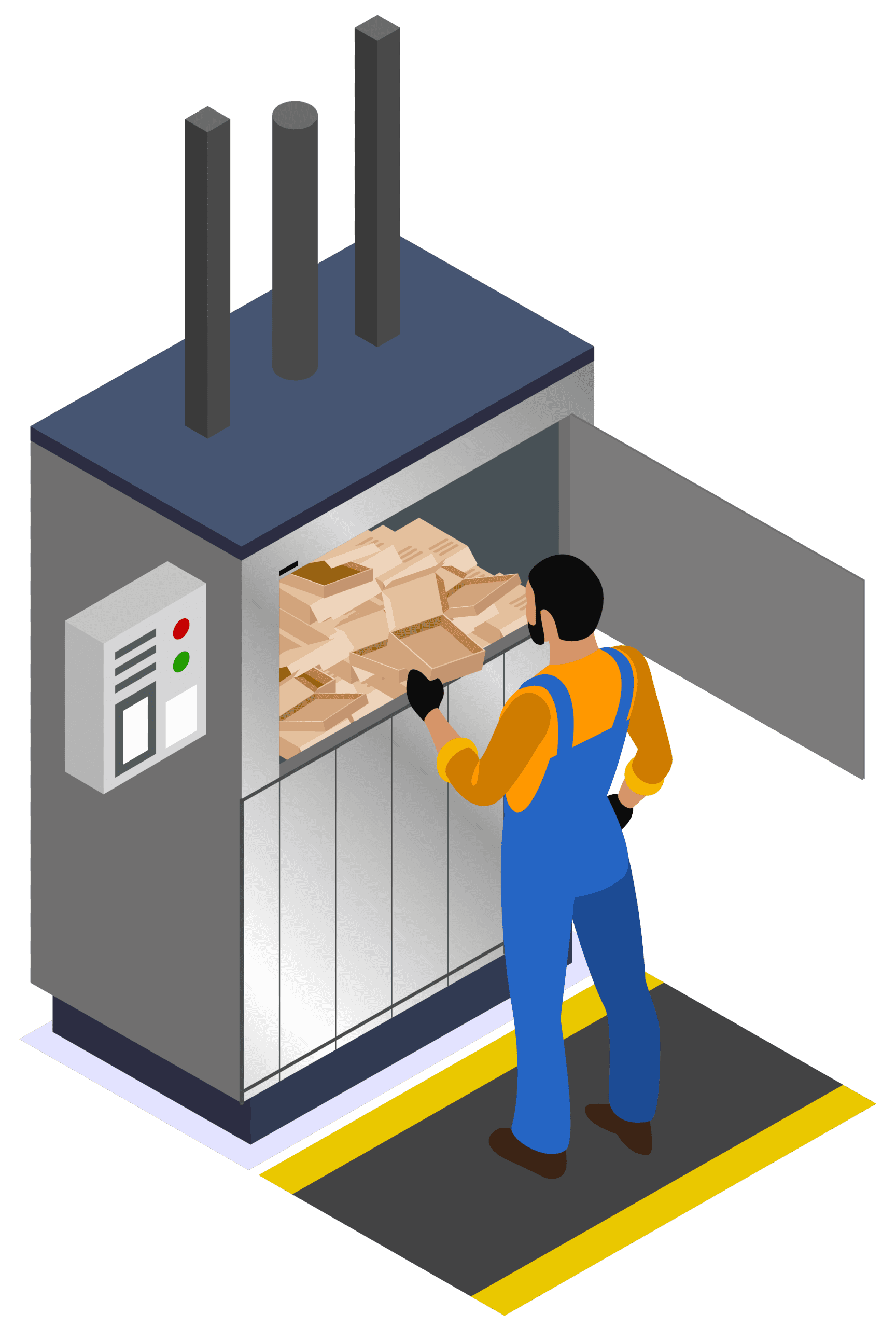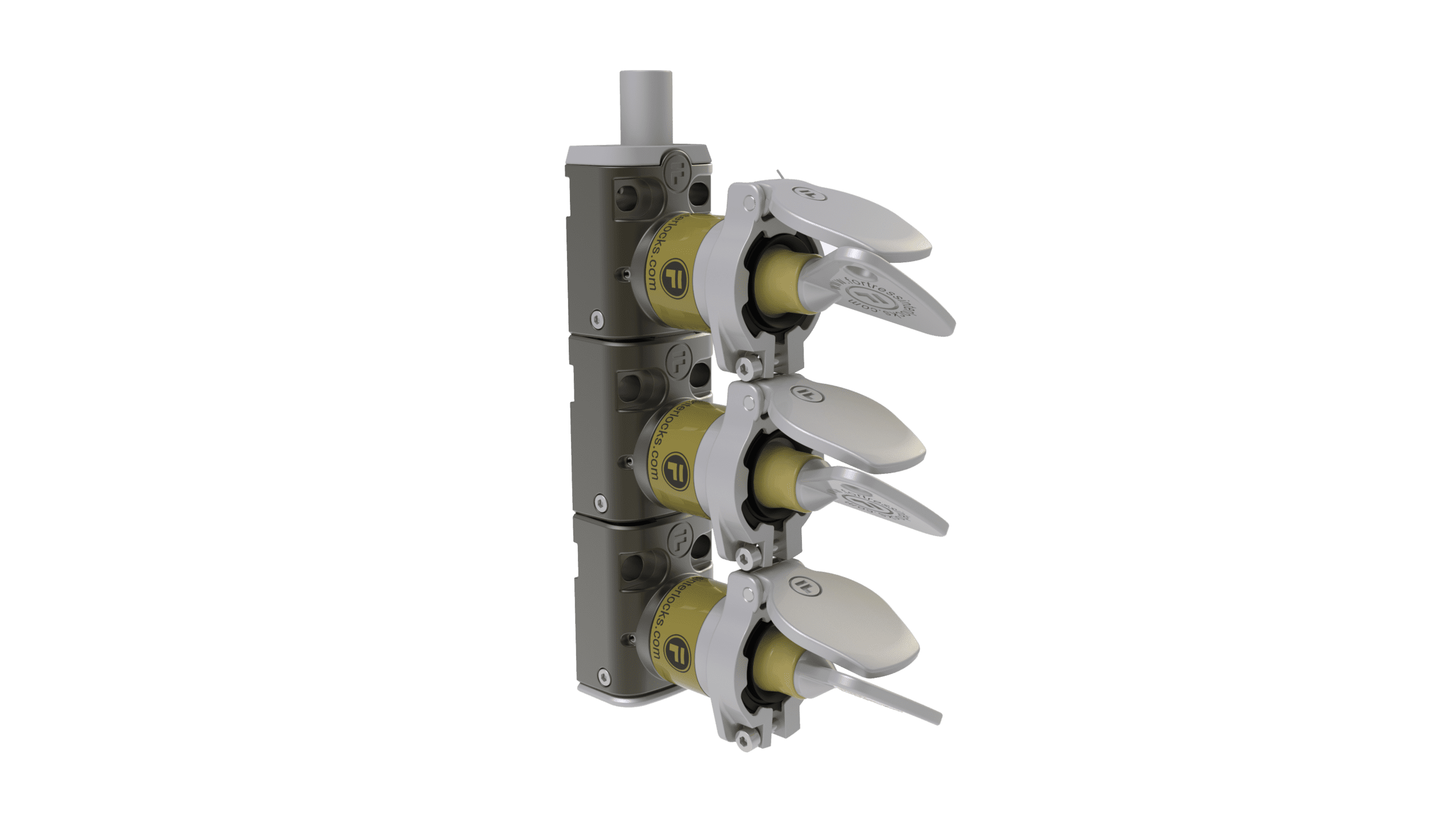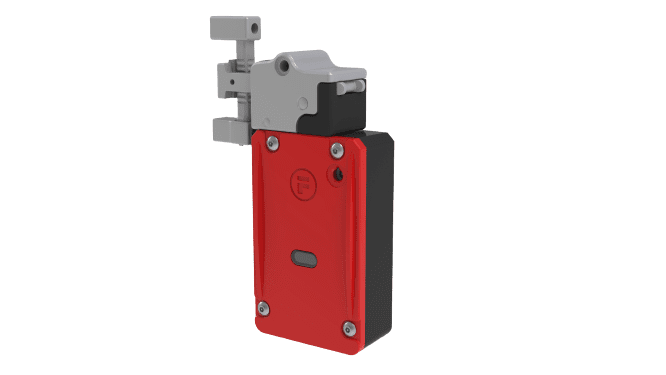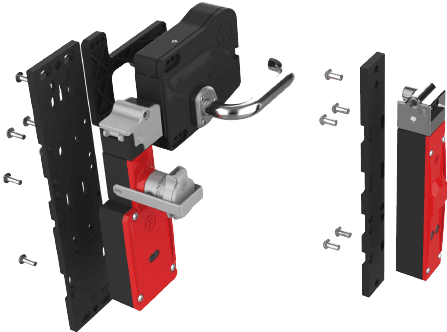How do we ensure those working in the retail or warehousing sector stay safe when operating recycling equipment?
The trapped key system option can keep all electrical isolation within the control panel and utilise the transfer of mechanical keys to each access point around the equipment. While any access point is open the return of the key to the device on the energy supply is prevented.
EN 16252 – Machines for compacting waste materials or recyclable fractions – Horizontal baling presses – Safety requirements & EN 16500 – Machines for compacting waste materials or recyclable fractions – Vertical baling presses – Safety requirements are relevant standards for any manufacturers or owners of recycling equipment.
Despite the long-winded titles, the safeguarding sections offer practical advice to any engineer designing or commissioning equipment. Severe accidents still occur on baling presses or compactors as operators fall or reach into the baling or compacting chamber. The intention is always to clear the blockage in order to carry on processing material but the risk of performing this activity is too high to not be safeguarded against. The fatal accidents tend to occur from people being crushed by the moving compression plate or compacting part.
Several years ago, the European occupational health and safety community became aware of the frequent and severe accidents on baling presses for waste material so began the development of the previously mentioned standards. Many hazards can be identified but the focus during the development of the safety standards affecting recycling balers was to prevent access to the baling or compacting chamber during operation, particularly during unblocking or other machine interventions.
EN 16252, which covers horizontal baling presses including mechanical feed equipment such as feed conveyors or bin lifts, highlights safeguarding methods for areas where hazards cannot be eliminated. Fixed guarding around moving pieces of equipment is typically the primary choice in any risk assessment. If the need for access to that piece of the assembly is established, movable interlocking guards are the next suggestion made in the standard. These interlocking guards shall be designed and positioned so that the opening of one individual access point stops the movement of any dangerous part of machinery before any part of a person can enter and be exposed to danger.
Recommendations
Recommendations
This then brings to the forefront an important consideration that must be made when designing the relevant safety related parts of the control system for recycling equipment. As the number of guards increases in quantity, the cost associated within wiring and maintaining signals from individual position switches becomes prohibitive.
The trapped key system option can keep all electrical isolation within the control panel and utilise the transfer of mechanical keys to each access point around the equipment.
While any access point is open the return of the key to the device on the energy supply is prevented. Trapped key interlocks can additionally be applied to energy supplies beyond electrical such as pneumatic, hydraulic and stored energy. The removal of the trapped key device can lock that energy supply in the isolated state. Fortress prides its products on robustness and durability, metallic construction and over dimensioned components are justified countless times by our end users as they usually cannot find another product that withstands their environment.
Products Mentioned in this Article

mGard

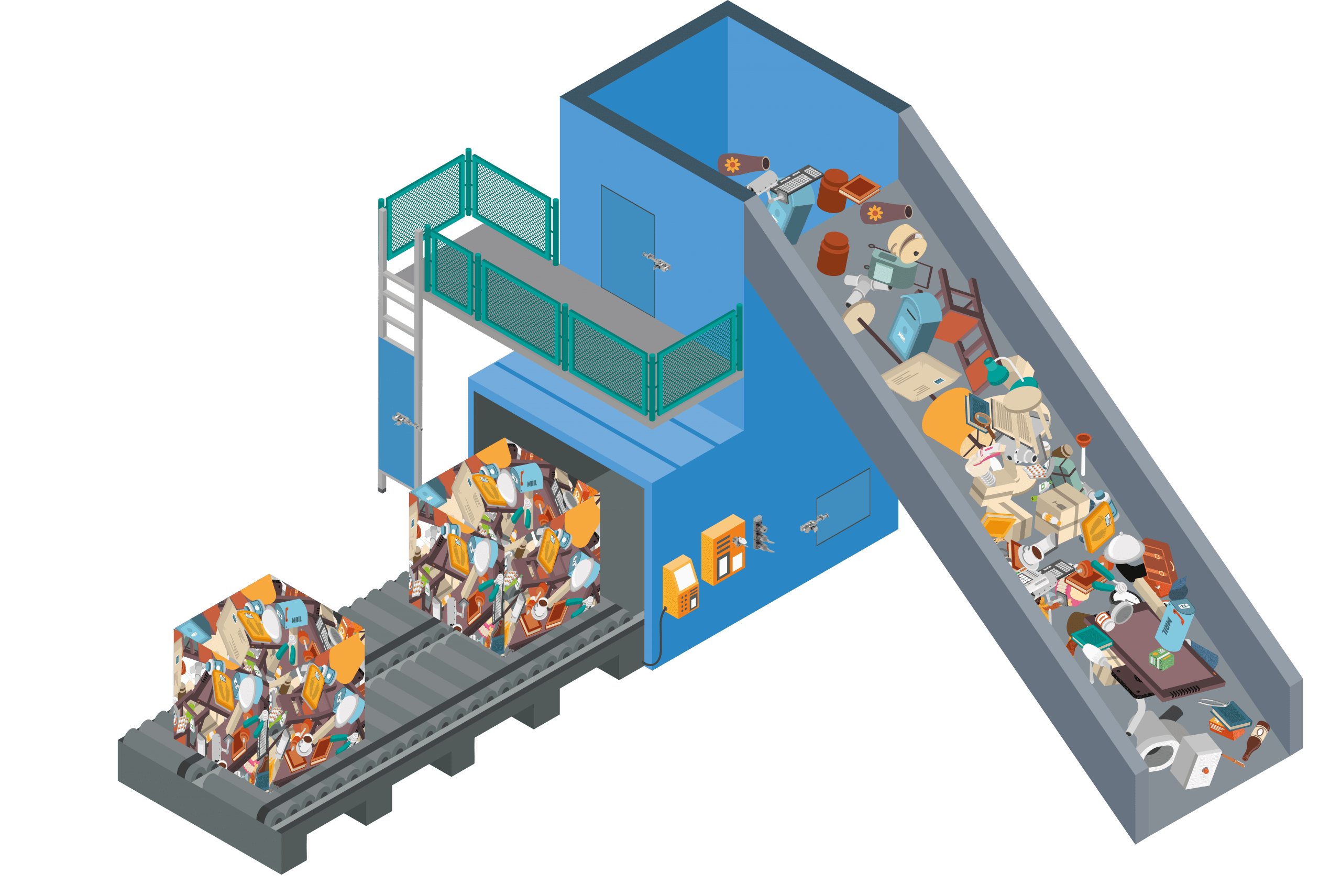
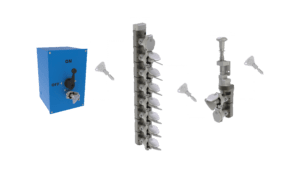
 Click Here to Download Article
Click Here to Download Article